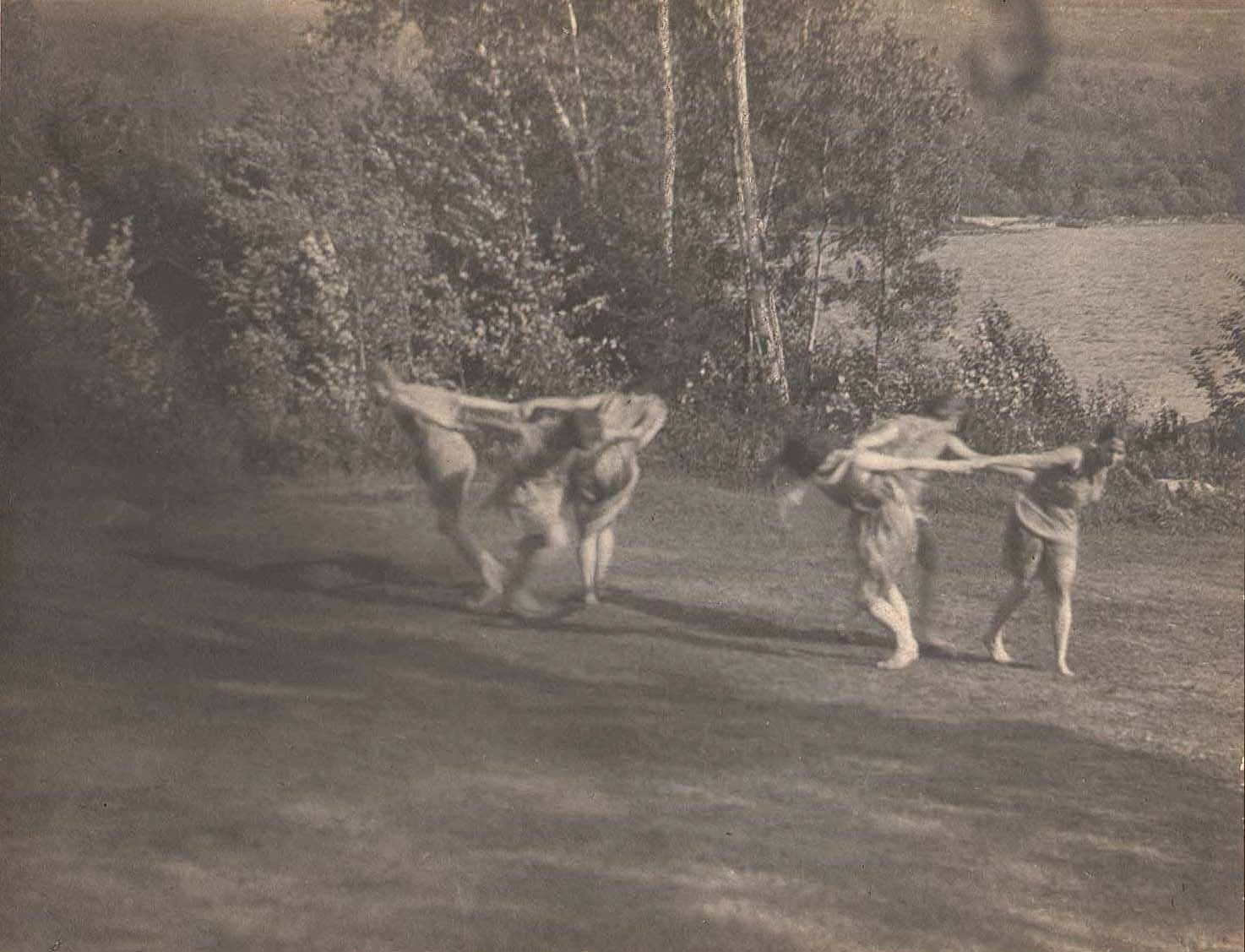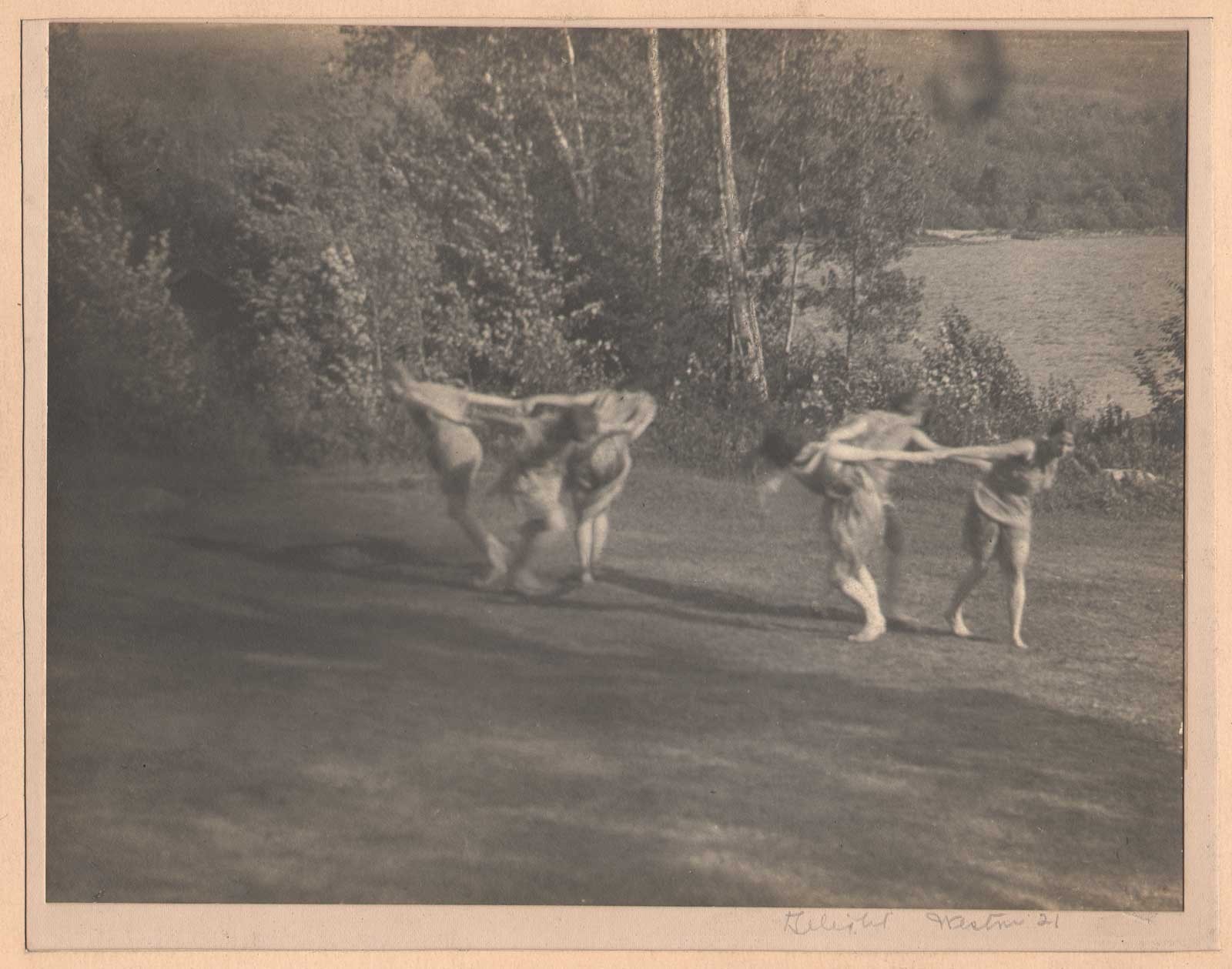
Cabaret Ensemble ca. 1930

images that haunt us

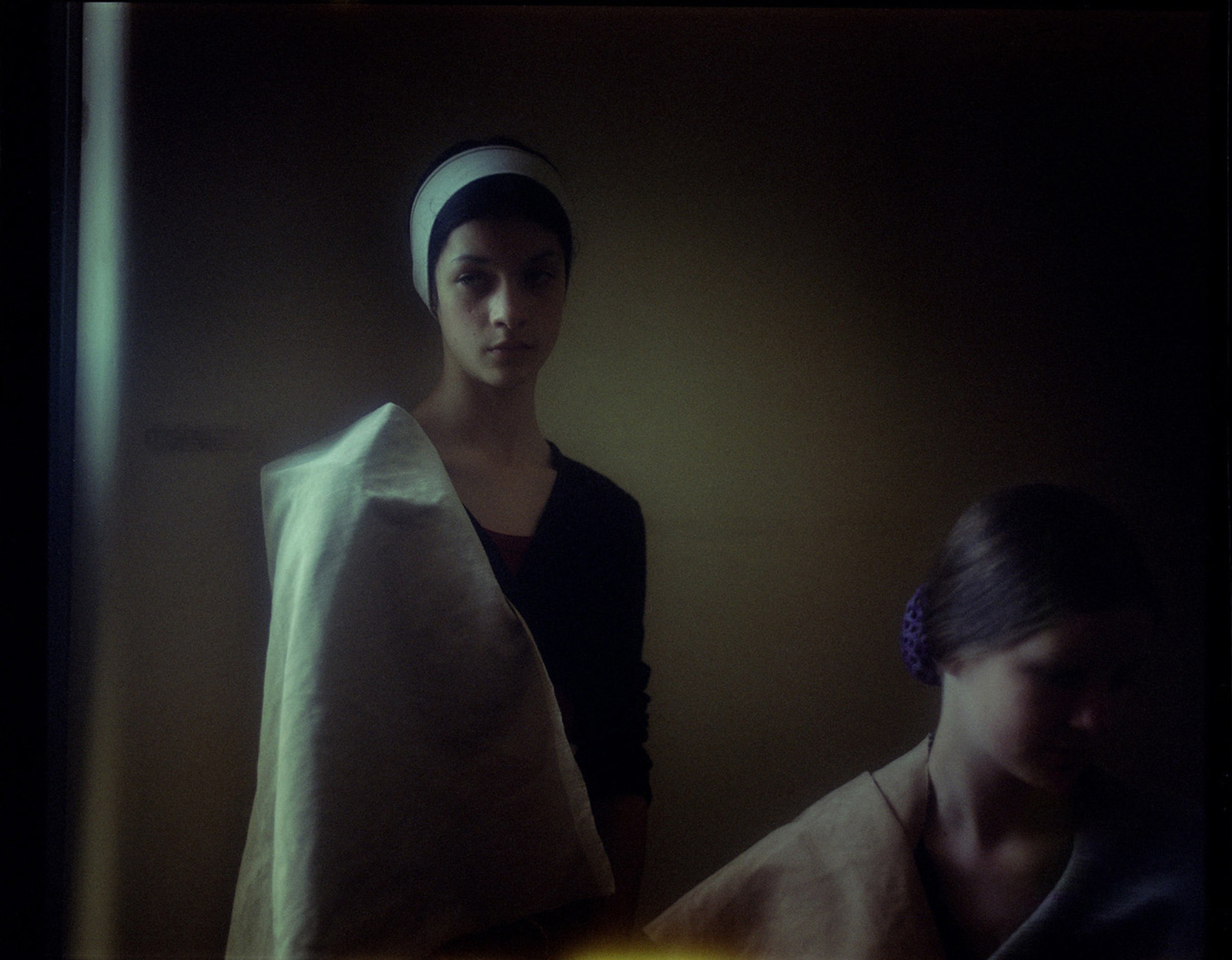
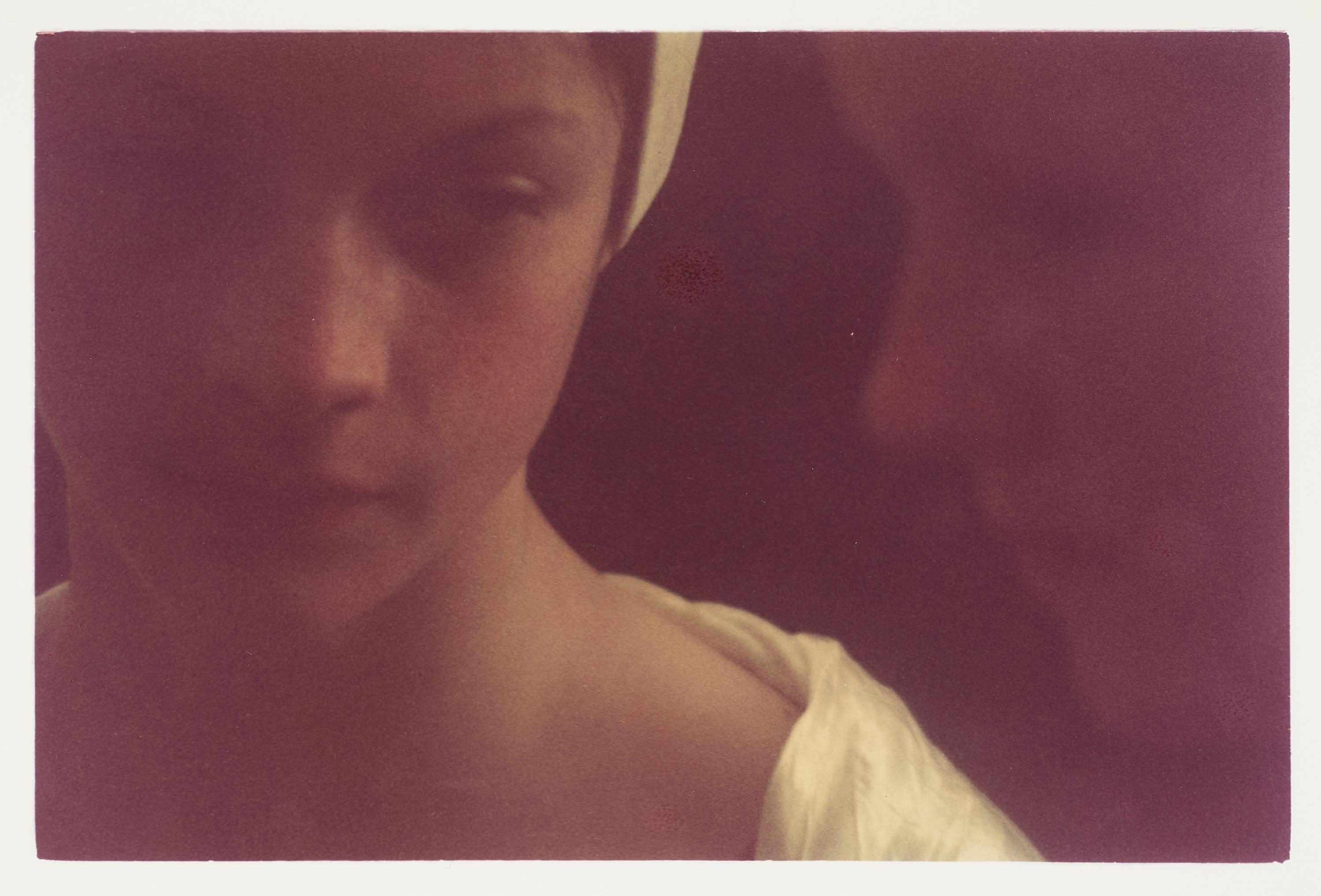
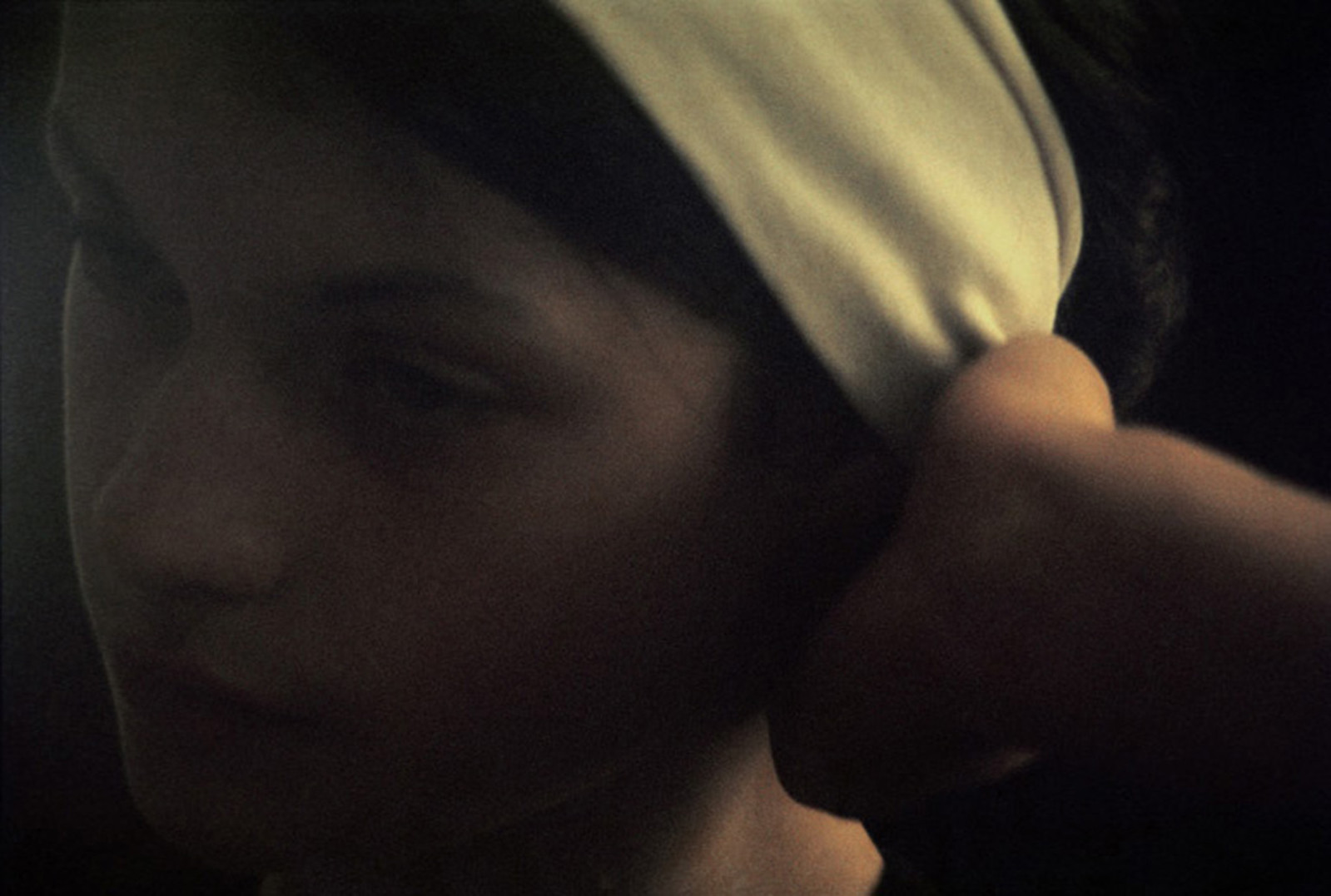
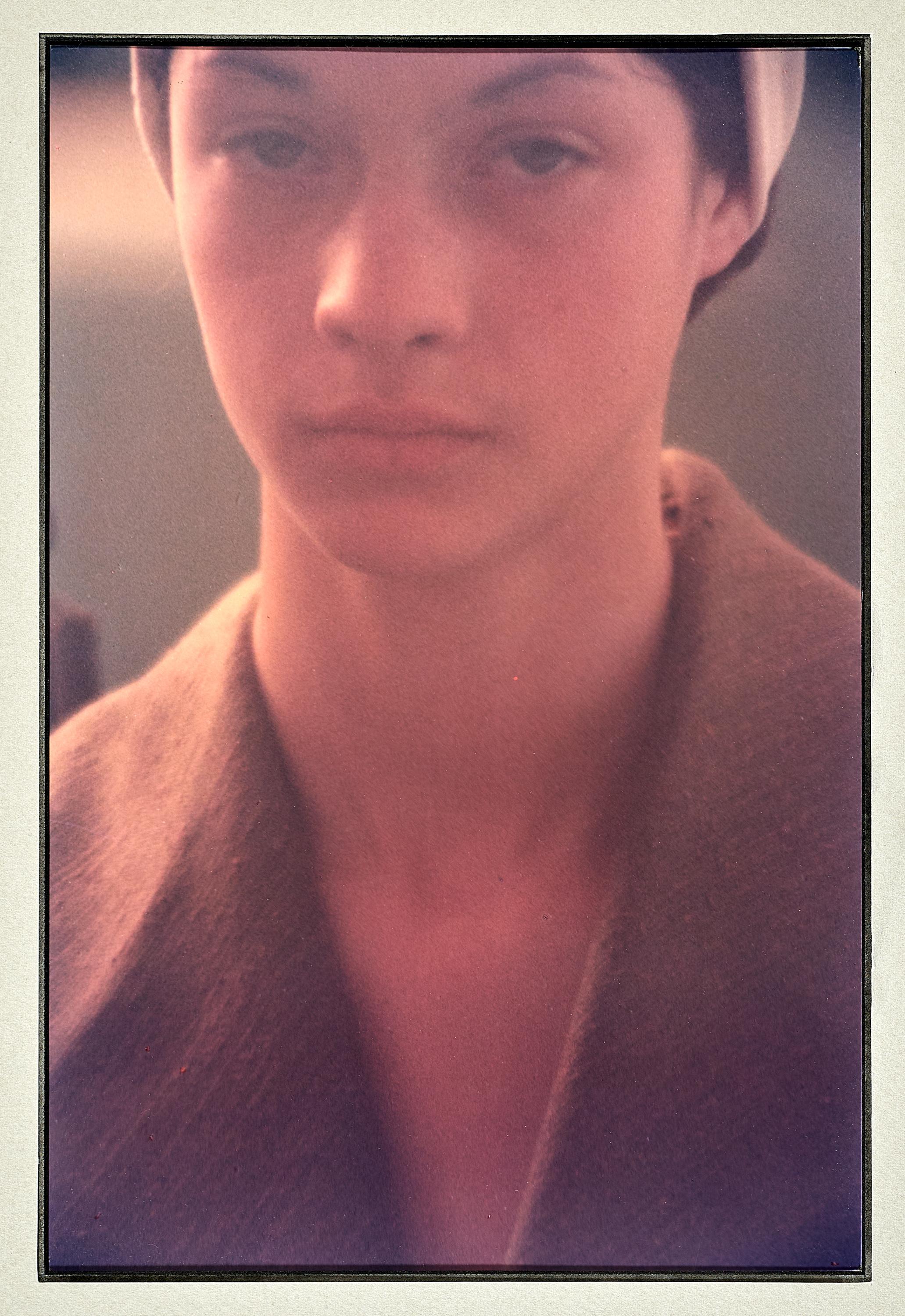
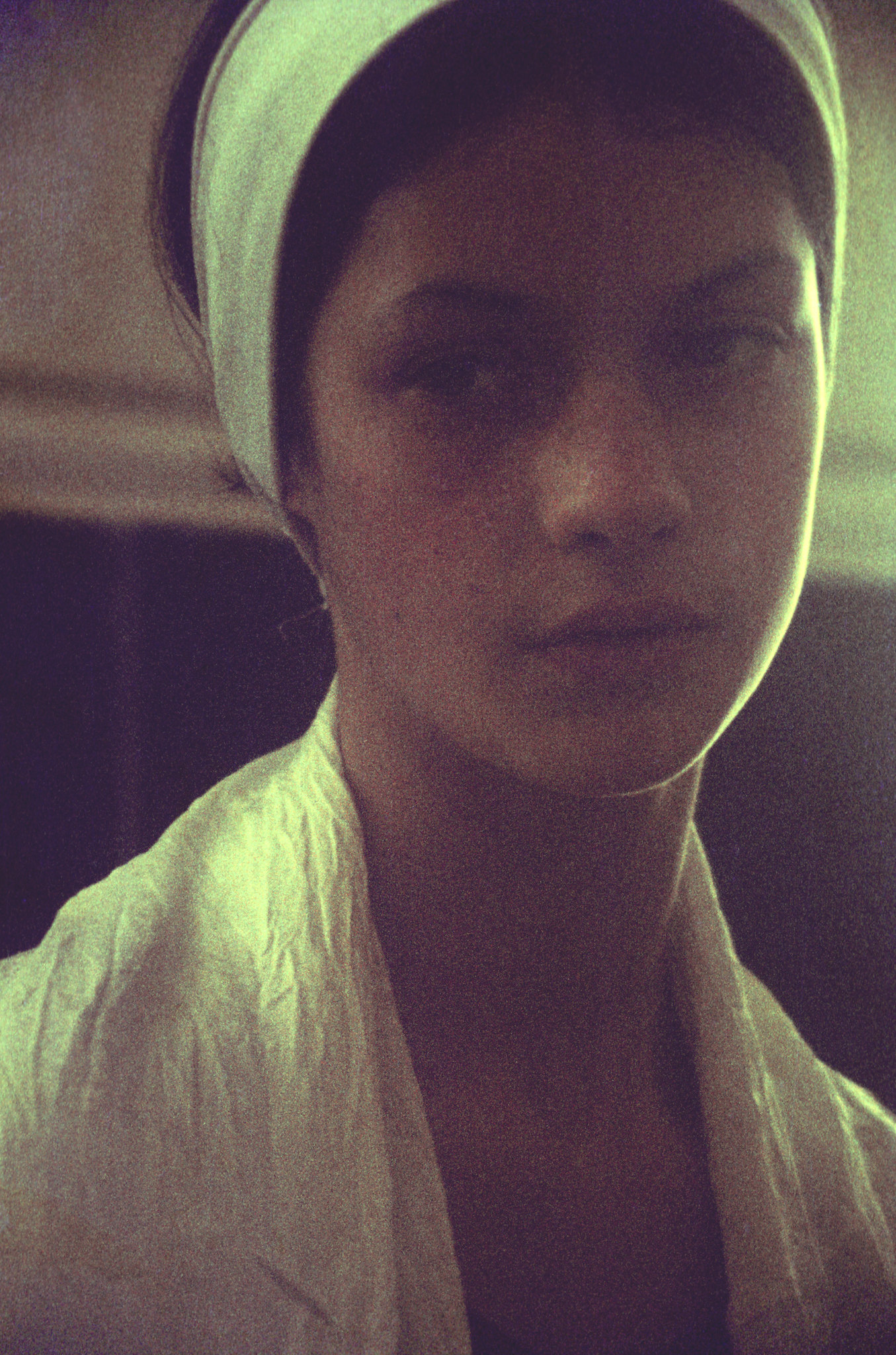

‘Untitled 1974’ was one of Bill Henson’s earliest photographic series. When photographing the ballerinas, he found himself fascinated by faces, ‘lost to the world, absorbed in the dance. So I photographed their faces rather than their bodies. I was drawn to the spirit of some person in a space.’ Bill Henson 2004
Sequences are an important part of Henson’s work, creating a dialogue between the images and enhancing both the meaning and effect. An image that is hard to discern singularly becomes more readable as part of a sequence, while at the same time the whole sequence seems to become more ethereal and requiring of an emotional response. AG of NSW
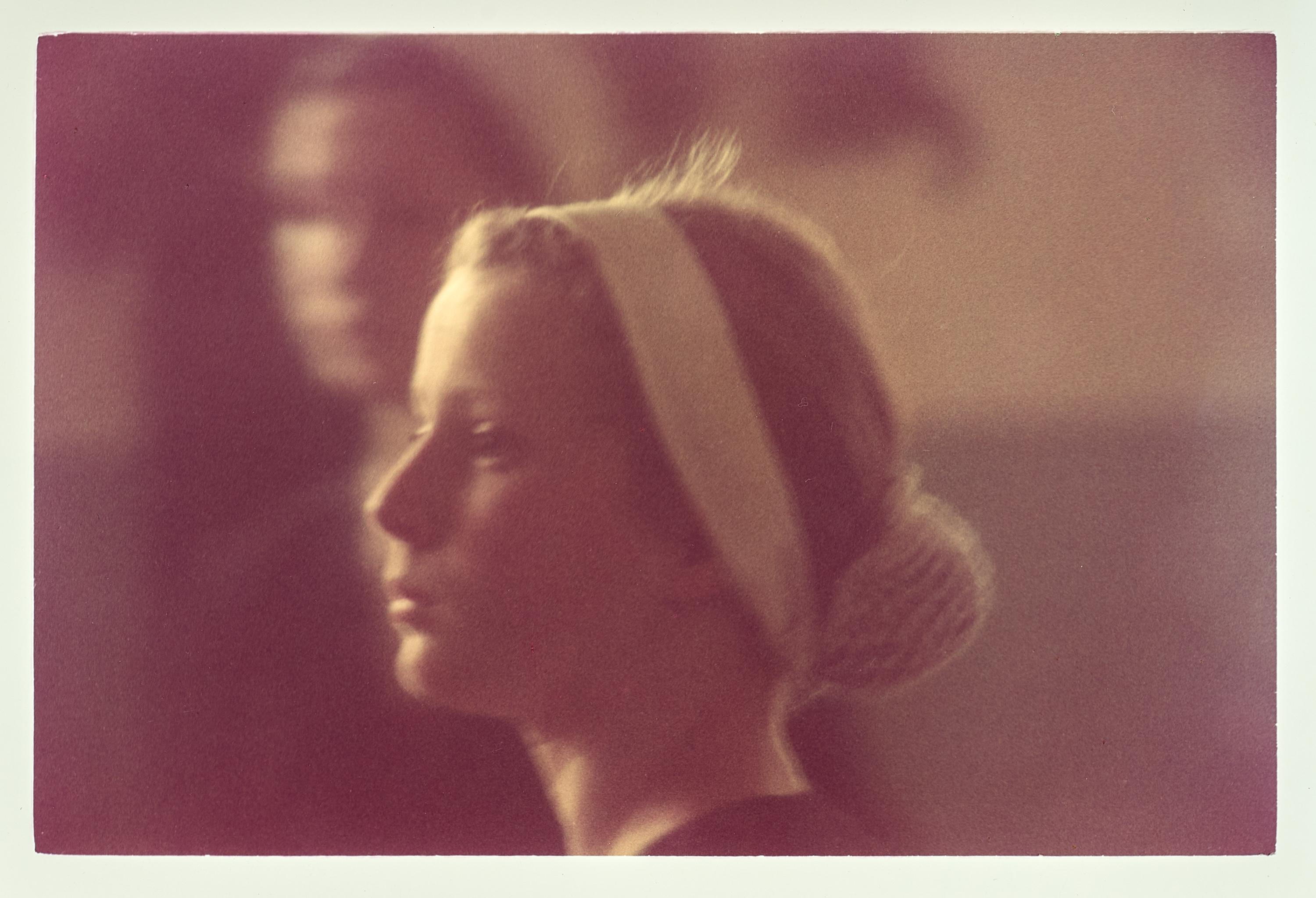
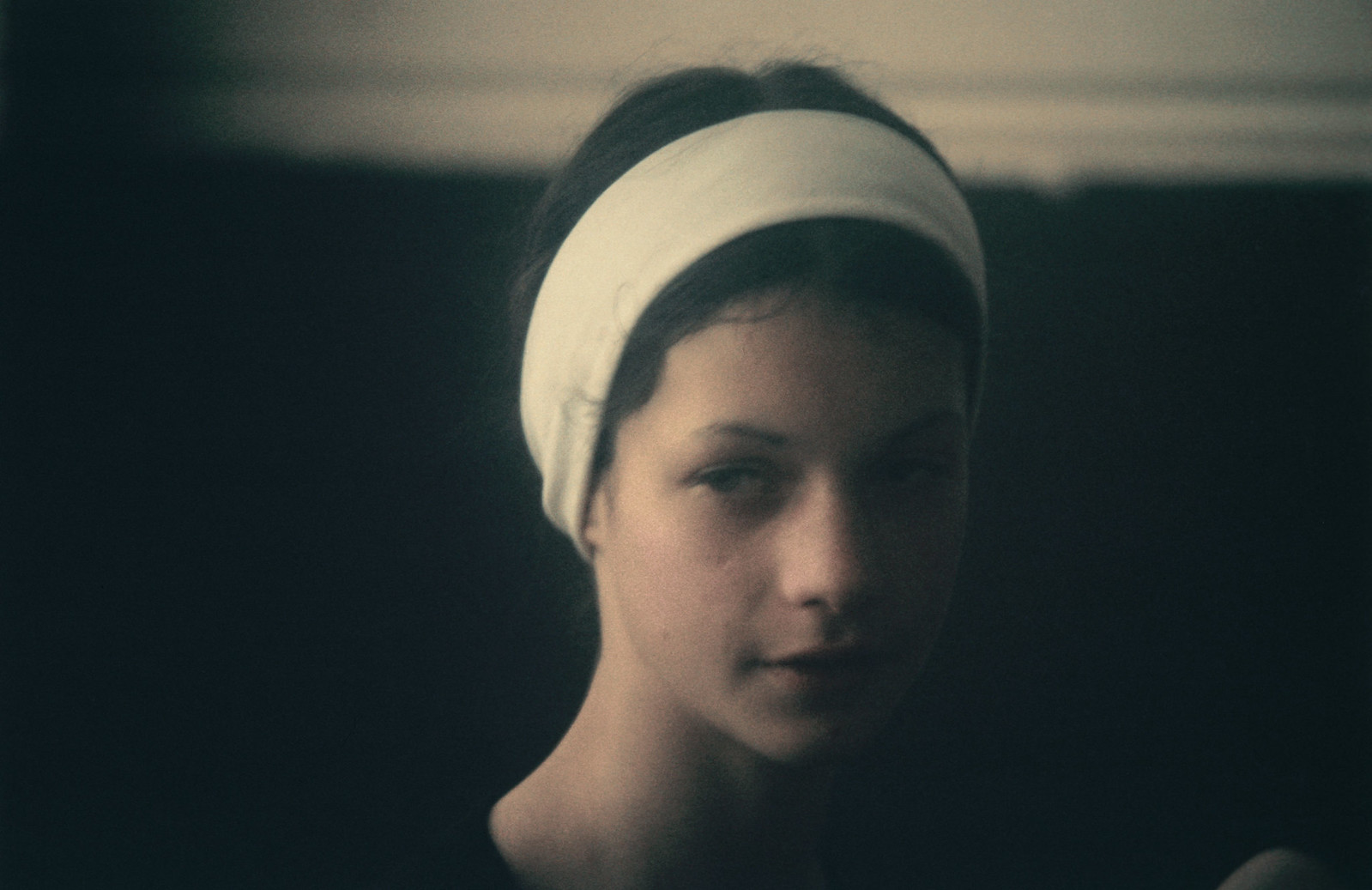


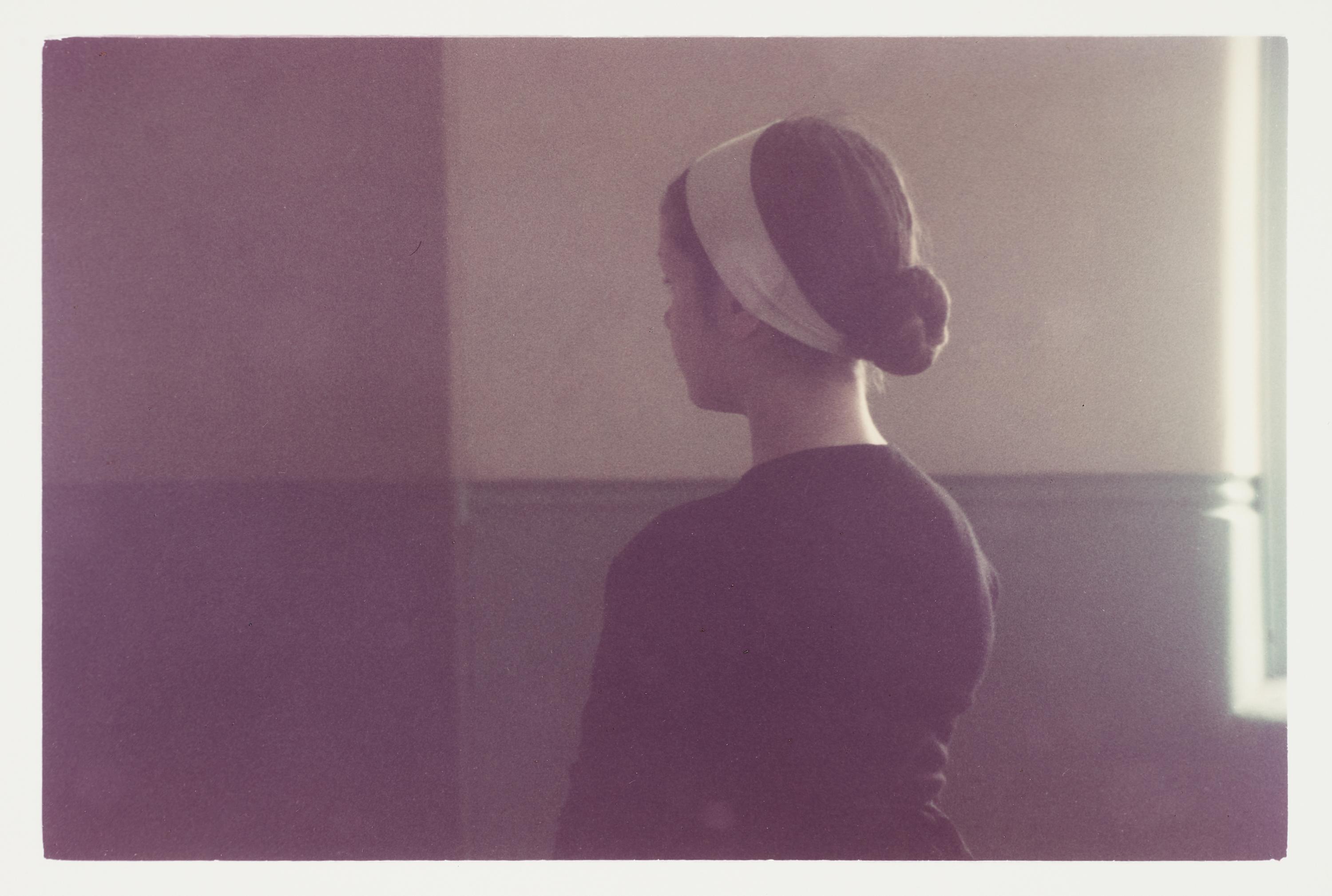

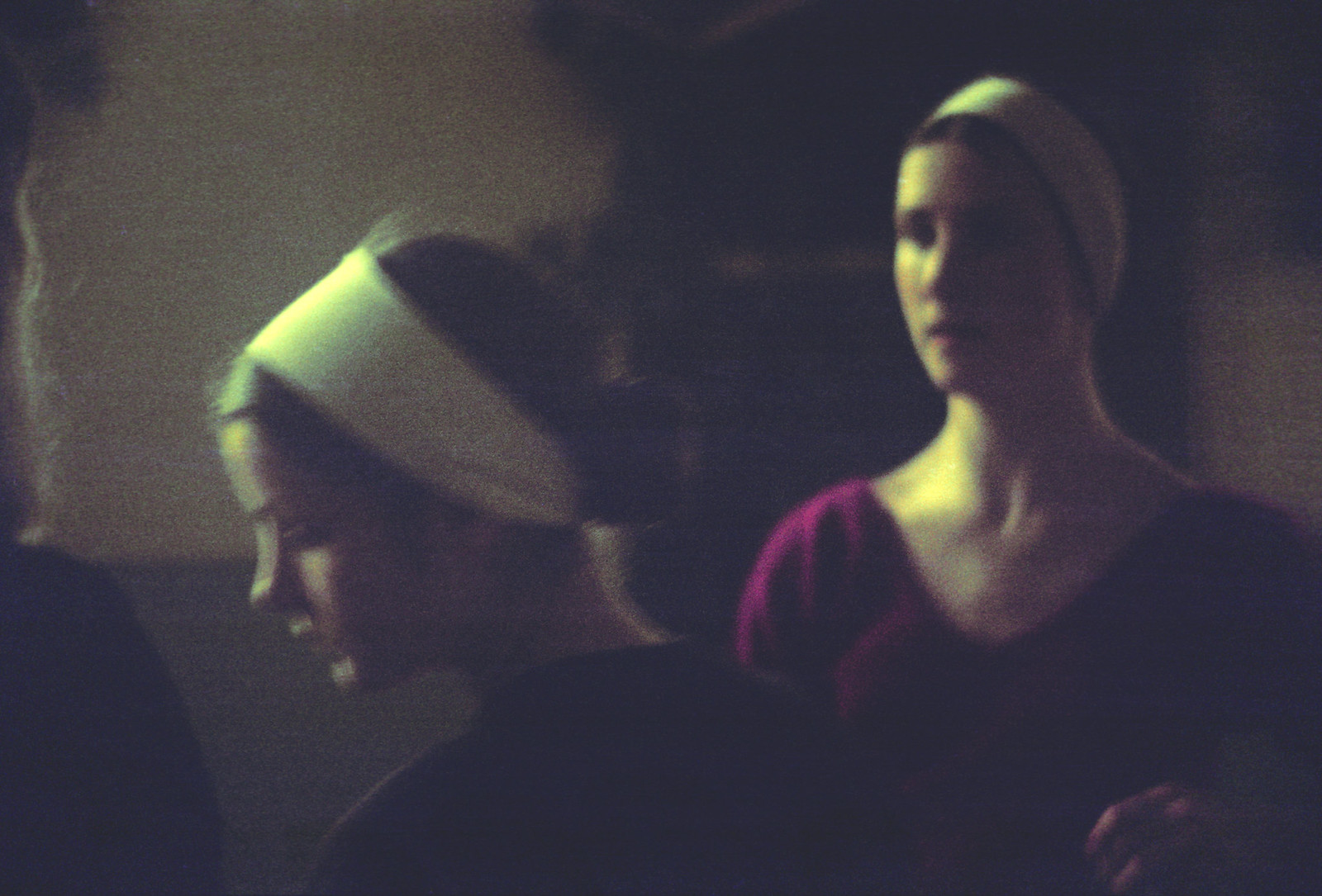


Titelbild / Die Bühne, Heft 242, Juni 1929 : Drei Tanzende Wienerinnen. Hansi Koch, Loli Petri und Frauke Lauterbach, alle aus der Bodenwieser-Klasse. Sie tanzen einen der modernen Ausdrucks- und Bewegungs-tänze. Foto: Feldscharek


Photographer’s copyright stamp with handwritten number “4949” in pencil, annotation “Tanzgruppe Trude Goodwin” and handwritten numbers in pencil on the reverse.


(*) original: Stanisław Londyński · Tancerki podczas wykonywania tańca wschodniego w nieustalonym teatrze w Paryżu, 1928. Dwie tancerki podczas tańca. Widoczna m.in. Zofia Grużewska. Ilustrowany Kurier Codzienny | src Narodowe Archiwum Cyfrowe
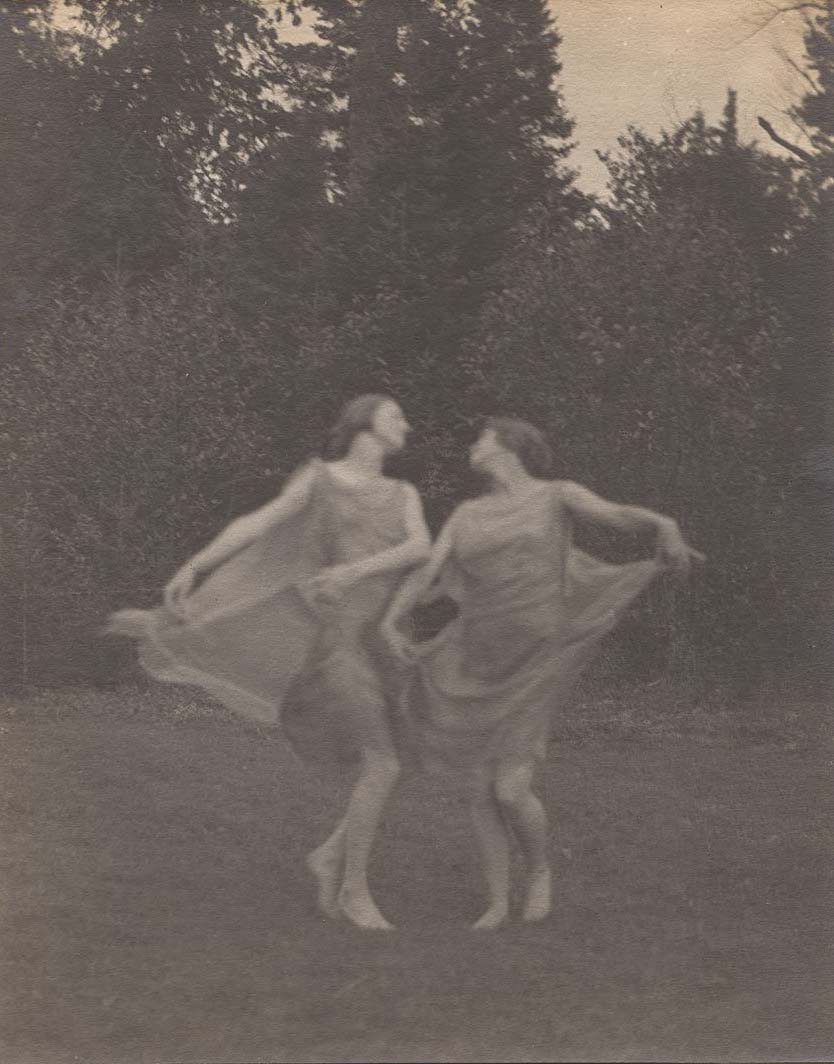
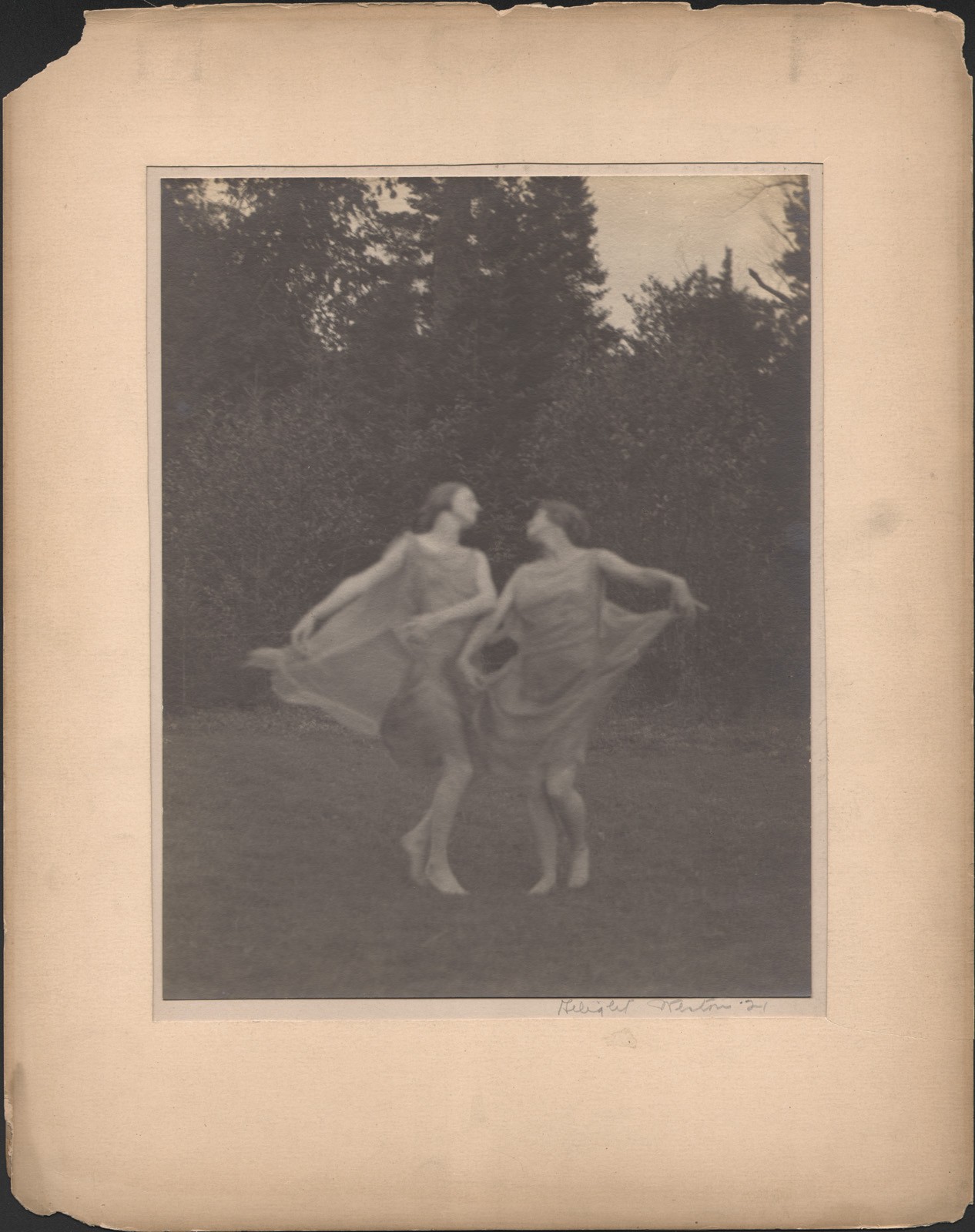
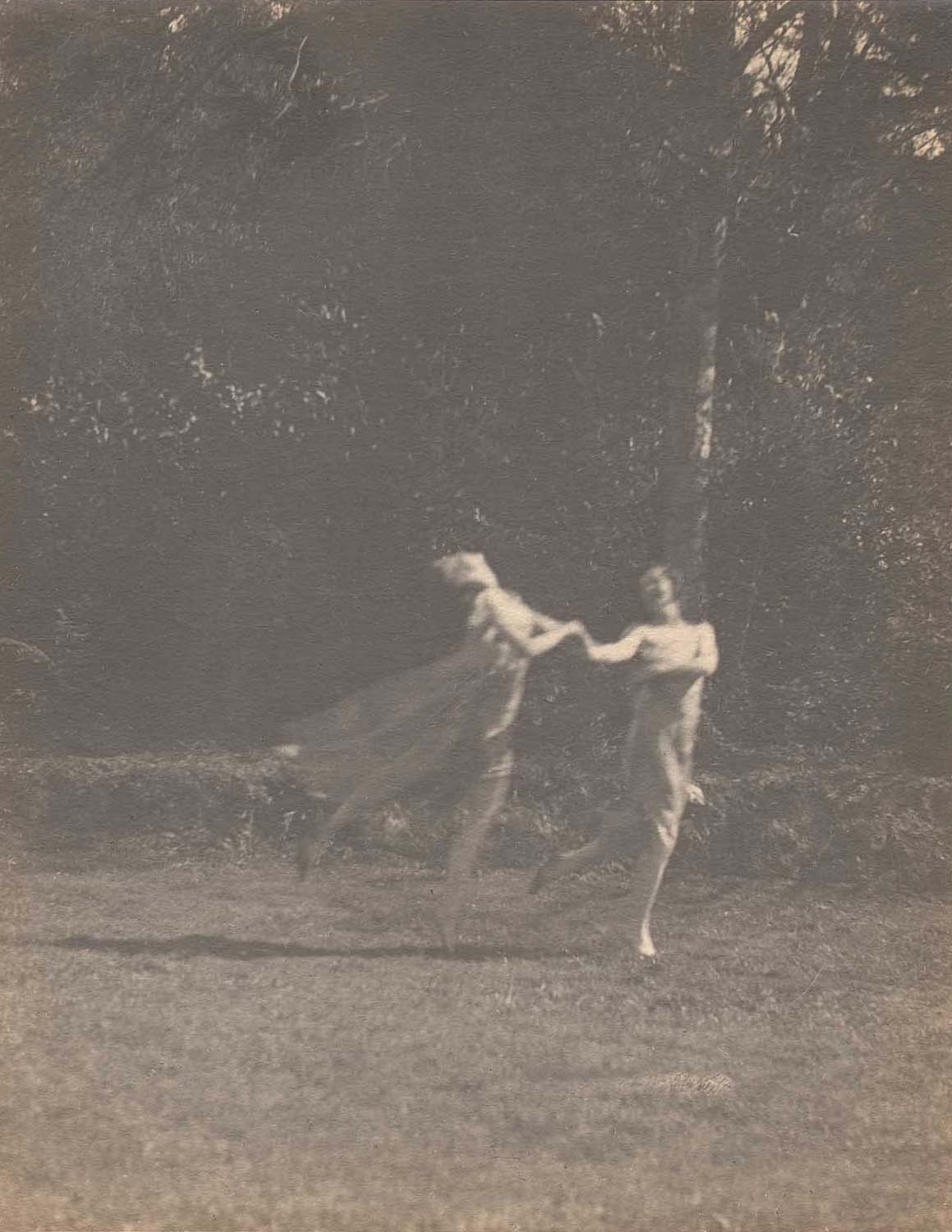
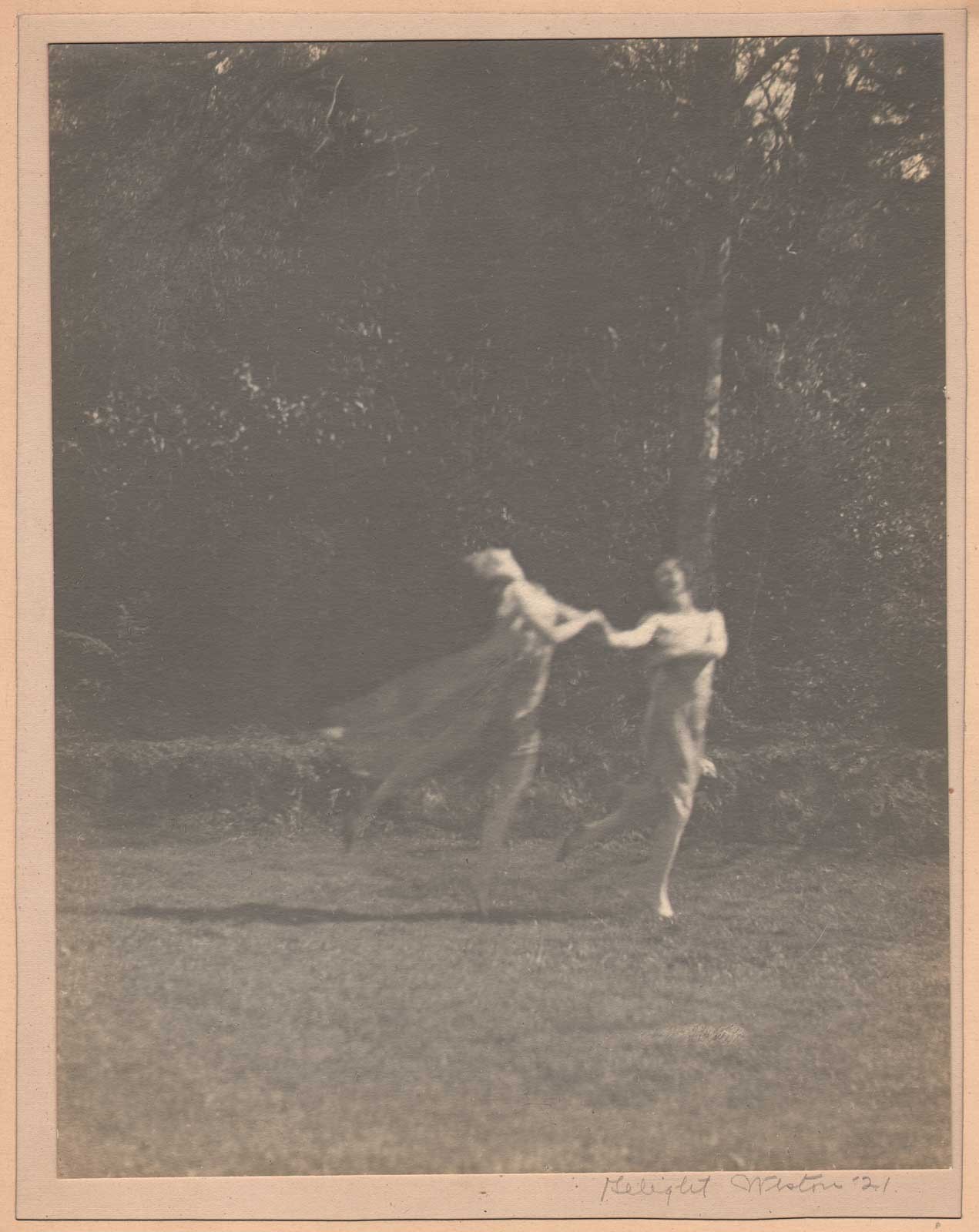
These pictorial studies of two female dancers in motion are believed to have been taken at the former Ruth Doing Camp for Rhythmics in New York state’s Adirondack mountains. In the 1920’s and 30’s, photographer Delight Weston lived with camp founders Ruth Doing (1881-1966) and Gail Gardner (1878-1949) in New York City, along with other women artists, in a building at 139 W. 56th St. near Carnegie Hall.
Established in 1916, the summer camp was first located on the shores of Upper Chateaugay lake near Lyon Mountain until 1925, when it moved to Upper St. Regis Lake in Paul Smiths, New York. Renamed the Gardner-Doing Camp after this time, it was coeducational: besides regular summer camp activities, it specialized in the “rhythmic” style of dancing popularized by famed dancer Isadora Duncan, whom Ruth Doing was a former student of. Doing’s life partner, Michigan native Gail Gardner, had earlier made a name for herself as an accomplished and world-traveling opera singer. [quoted from Photoseed]



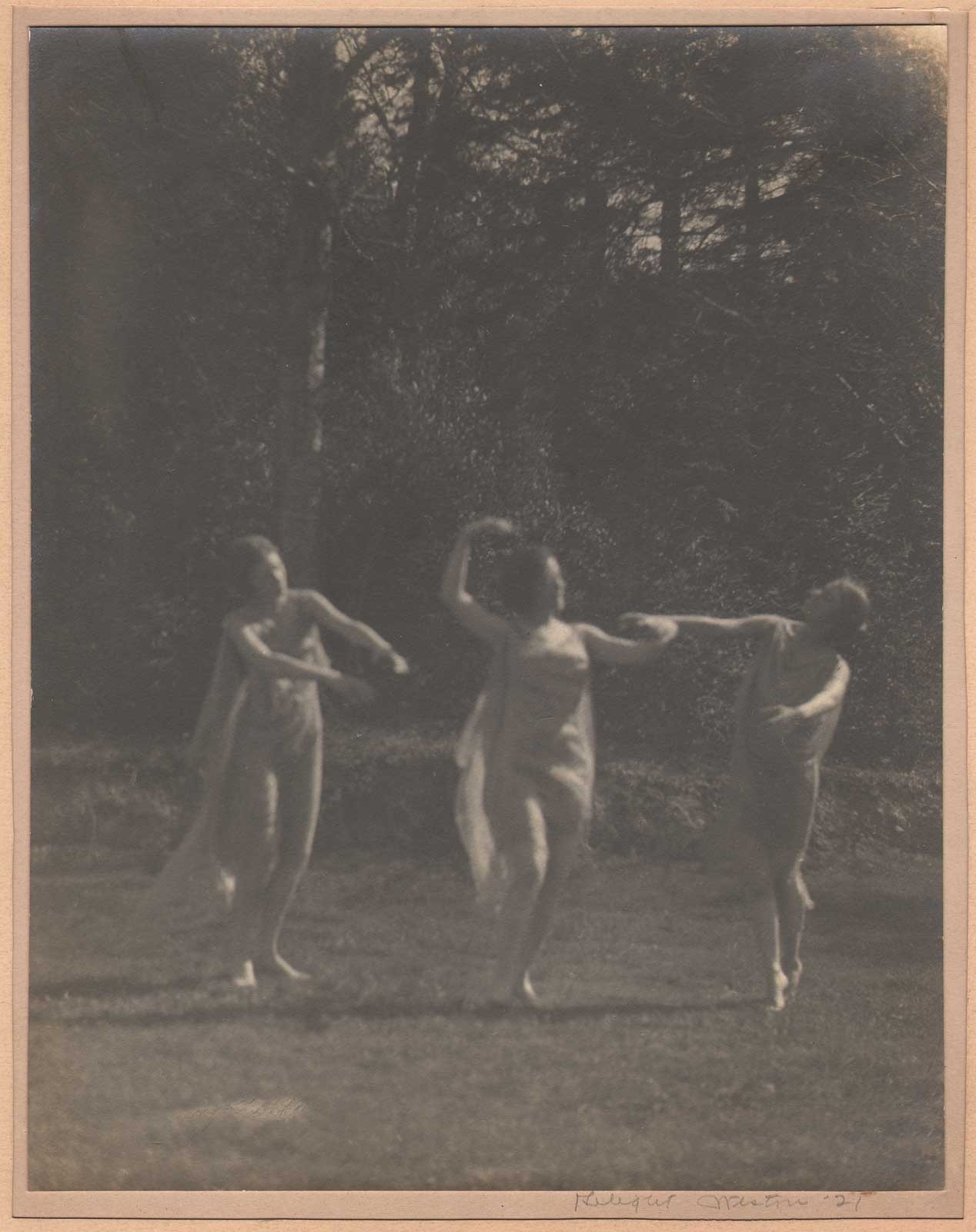
These pictorial studies of three female dancers in motion is believed to have been taken at the former Ruth Doing Camp for Rhythmics in New York state’s Adirondack mountains. In the 1920’s and 30’s, photographer Delight Weston lived with camp founders Ruth Doing (1881-1966) and Gail Gardner (1878-1949) in New York City, along with other women artists, in a building at 139 W. 56th St. near Carnegie Hall.
Established in 1916, the summer camp was first located on the shores of Upper Chateaugay lake near Lyon Mountain until 1925, (1.) when it moved to Upper St. Regis Lake in Paul Smiths, New York. (2.) Renamed the Gardner-Doing Camp after this time, it was coeducational: besides regular summer camp activities, it specialized in the “rhythmic” style of dancing popularized by famed dancer Isadora Duncan, whom Ruth Doing was a former student of. Doing’s life partner, Michigan native Gail Gardner, had earlier made a name for herself as an accomplished and world-traveling opera singer.
Another important artistic connection with this photograph is to notable American wood sculptor Wharton Esherick. (1887-1970) Beginning in 1920, he and his family spent their summers at this camp, with dance studies similar to this example- possibly by Delight Weston- contained in a family album along with Esherick’s many quick-sketch drawings: evidence that are known to have aided, complemented and influenced his emerging artistic style:
The Ruth Doing School of Rhythmics was a dance camp run by Ruth Doing, a former dancer and student of Isadora Duncan, with her business and life partner Gail Gardner in the Adirondack Mountains of New York. The Esherick family spent their summers there starting in 1920. In the fall of 1923 Ruth Doing taught dance classes in Philadelphia, assisted by Letty Esherick, Wharton’s wife. Watching and drawing the dancers and their movements heavily influenced Wharton Esherick’s artistic style; his drawings and designs became more free and flowing. At the camp Wharton also was introduced to Austrian philosopher Rudolph Steiner’s “organic functionalist” design theory, which impacted his style. (3.)
Although unidentified and dated one year later, the intriguing possibility exists the dancers in this photograph may be of camp co-founder Ruth Doing and or Doris Canfield (1895-1993) in motion, with surviving plaster sculptures by Wharton Esherick done in 1920 on display in his namesake museum:
Two early plaster sculptures, which now sit in Esherick’s bedroom, depict dancers from the camp, one of Ruth Doing, the other of dancer and actress Doris Canfield. Both done in 1920, these are very academic for Esherick, though the essential design elements (like the spiral) would show up again and again in Esherick’s work in progressively bolder and more modern designs. (4.)
In addition to these sculptures, sketches of dancing figures done as quick studies on paper by Esherick are in the museum’s collection:
As a regular visitor to the Gardner Doing Dance Camp, Esherick observed dancers like Canfield exploring eurythmy, Rhythmic dance, and other modern dance forms. His wife Letty also danced, sometimes holding classes at their home in Paoli. At times, Esherick joined in with the dance. Otherwise, he was sketching away, attempting to capture bodies in motion. (5.)


1. Source: blog post: Early Rhythms: Wharton Esherick and the Gardner Doing Dance Camp (JUNE 26, 2017). At the Wharton Esherick Museum online resource. A surviving brochure held by the museum printed in 1923 puts an emphasis on the dancing curriculum and is titled “The Ruth Doing Camp for Rhythmics”. This is believed to be the first name for the camp until 1925 when it moved to Lake Regis and was renamed the Gardner-Doing Camp.
2. The Gardner-Doing camp operated in the summer months until 1946, when it was sold and renamed Camp Regis. Today it is known as Camp Regis-Applejack.
3. Source: Finding Aid: NOTABLE FRIENDS AND ASSOCIATIONS: “Wharton had close relationships with several well known people, including actresses, authors, photographers, and others. Many commissioned works from him.” : Wharton Esherick family papers 1895-1996 [bulk 1920-1970] (Philadelphia Area Archives Research Portal (PAARP) Several similar dance photographs by an unknown artist in the Esherick Family Collection were published in the volume: Wharton Esherick and the Birth of the American Modern. (2010) see “Dance Sketches”, p. 96.
4. Source: ibid: see note #1. Another interesting fact is that the summer camps co-founder, Gail Gardner, was Doris Canfield’s aunt. Doris Canfield’s mother Belle Nye had inherited a fortune after gaining a divorce when her first husband Charles Canfield, a western Michigan lumber baron, deserted her in 1905. See: “Belle Nye, the former Mrs. Canfield” February 11, 2016 in the Manistee News Advocate. Doris Canfield, (1895-1993) was employed as a teacher in the Bronxville, N.Y. school system from 1935-1970 where she taught physical education with an emphasis on Rhythmics.
5. Source: blog post: “Figure Drawing Meets Furniture” by Katie Wynne: August, 2020.
Quoted from Photoseed
